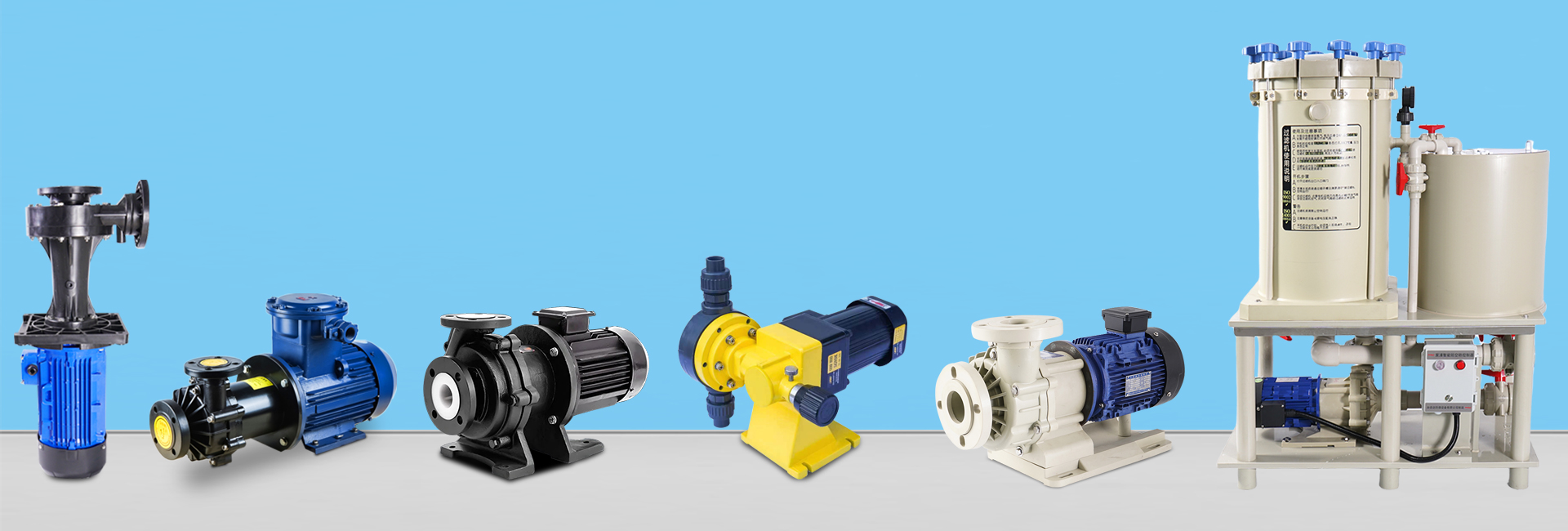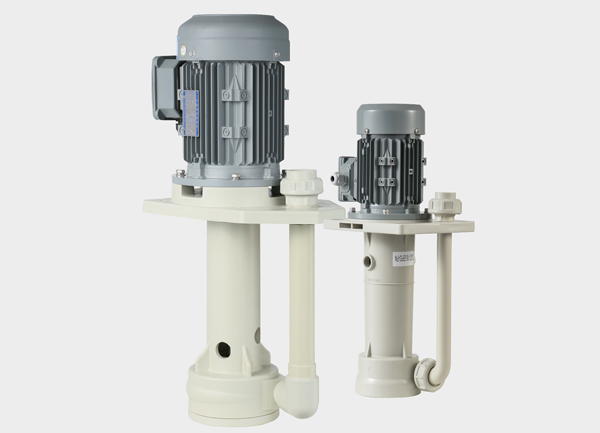Motor overload tripping is a common issue in magnetic drive pumps (magnetic pumps). It usually indicates that the motor load has exceeded its rated capacity. To resolve this, you need to systematically check mechanical, electrical, and process-related factors.

🔍 1. Common Causes of Motor Overload Tripping
1. Improper Operating Conditions
Excessive flow rate or head: When the actual flow rate is too high, the motor load increases significantly.
Valves fully open: Running the pump with both suction and discharge valves fully open causes operation far beyond the efficient range.
✅ Solutions:
Adjust the discharge valve to restore the pump to its rated operating point.
Check whether pipeline resistance has changed (valve modification, pipe diameter changes, etc.).
2. High Viscosity or Specific Gravity of Liquid
The medium being pumped differs from the design specifications (e.g., designed for water but now pumping oil or high-concentration liquids).
Increased liquid density leads to a proportional rise in motor load.
✅ Solutions:
Verify that the fluid properties match the original design.
If not, replace the motor or select a new magnetic pump suitable for the current medium.
3. Bearing or Shaft Sleeve Wear and Friction
Worn bearings or the presence of foreign particles increase the rotational resistance.
If the inner and outer magnetic rotors rub against each other, the load rises sharply.
✅ Solutions:
Stop the pump and inspect bearings, isolating sleeve, and magnetic rotors for scratches or wear.
Clean any debris and replace worn components.
4. Magnetic Coupling Slippage (Decoupling)
Excessive load or demagnetized magnets can cause the inner and outer rotors to lose synchronization.
Slippage generates eddy currents and heat, increasing motor current and causing tripping.
✅ Solutions:
Inspect for signs of slippage or demagnetization.
Replace damaged magnetic components if necessary.
Ensure proper cooling and circulation inside the pump.
5. Suction Problems or Cavitation
Blocked suction lines, low liquid level, or excessive suction lift can cause cavitation.
Cavitation leads to vibration, fluctuating current, and eventually motor overload.
✅ Solutions:
Check the suction level and ensure the inlet pipe is not blocked or leaking air.
Ensure the pump is fully primed and the suction line is as short as possible.
6. Electrical Issues
Motor winding faults, short circuits, or phase loss can cause overcurrent.
Low supply voltage also increases current draw and causes tripping.
✅ Solutions:
Use a clamp meter to check if three-phase currents are balanced.
Inspect wiring, contactors, and overload relay settings.
Repair or replace the motor if internal faults are found.
⚙️ 2. Preventive Maintenance Tips
Regularly monitor current, voltage, vibration, and temperature.
Ensure the medium’s viscosity and density match the pump’s design.
Install an overload protection relay and set the rated current correctly.
Keep the cooling circulation channel clean and unobstructed.
Avoid frequent start-stop cycles to reduce coupling stress and wear.
✅ Conclusion
The core principle is to determine whether the overload trip is caused by a mechanical load increase or an electrical malfunction.
If it’s due to process or fluid properties → adjust operating conditions.
If it’s due to wear or coupling slippage → inspect and repair the pump.
If it’s electrical → check motor and protection settings.







